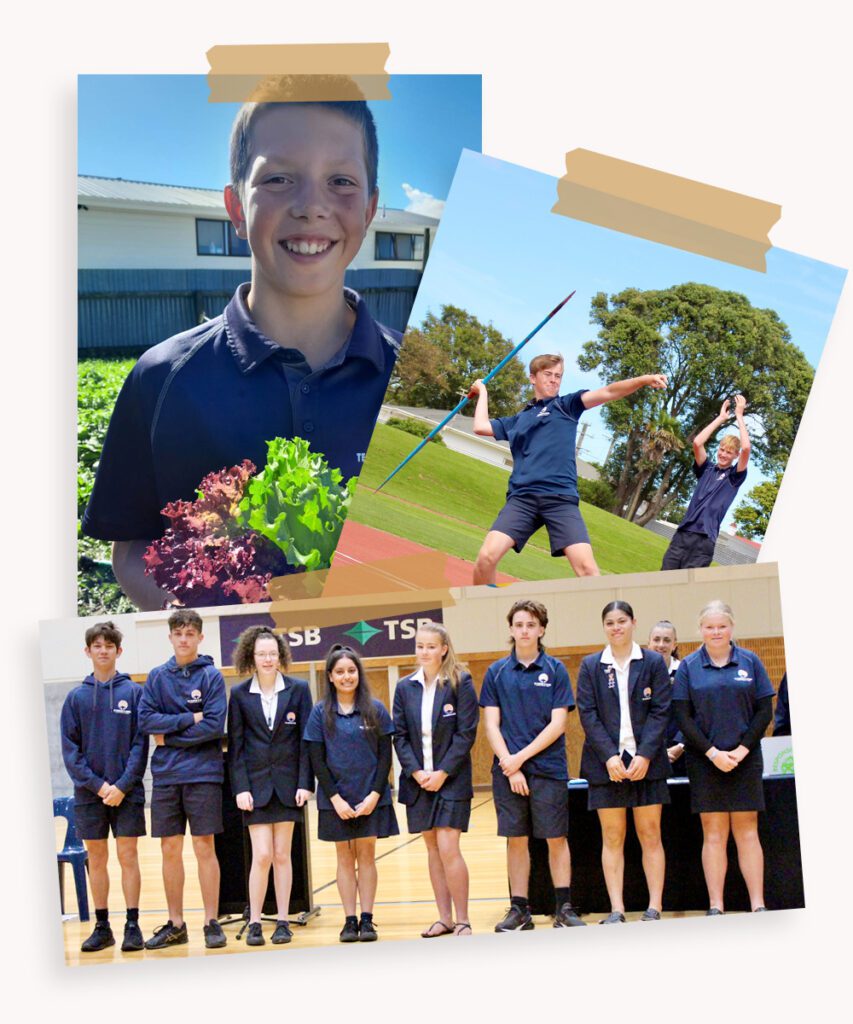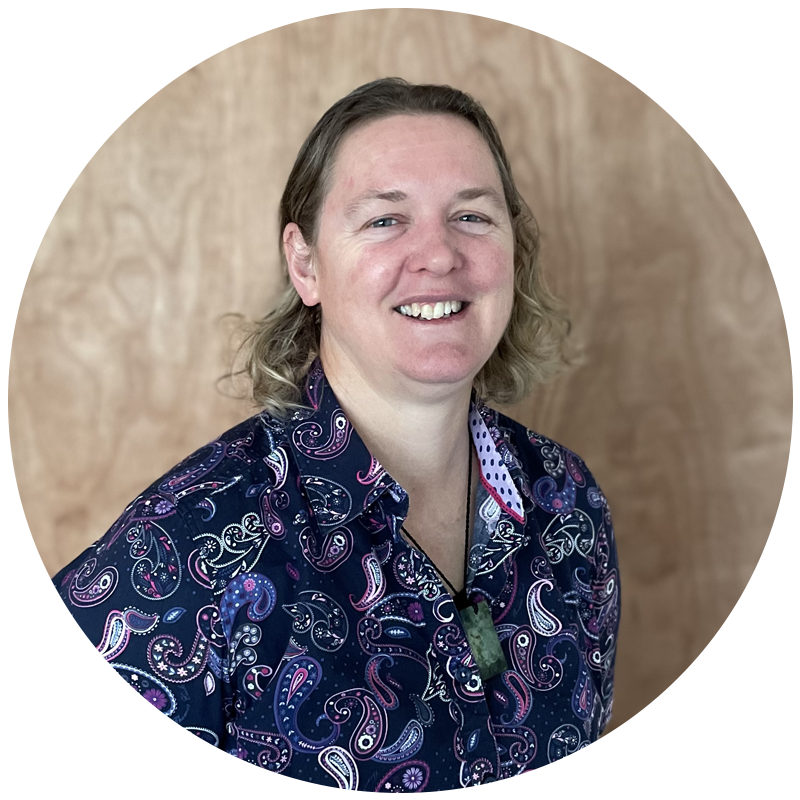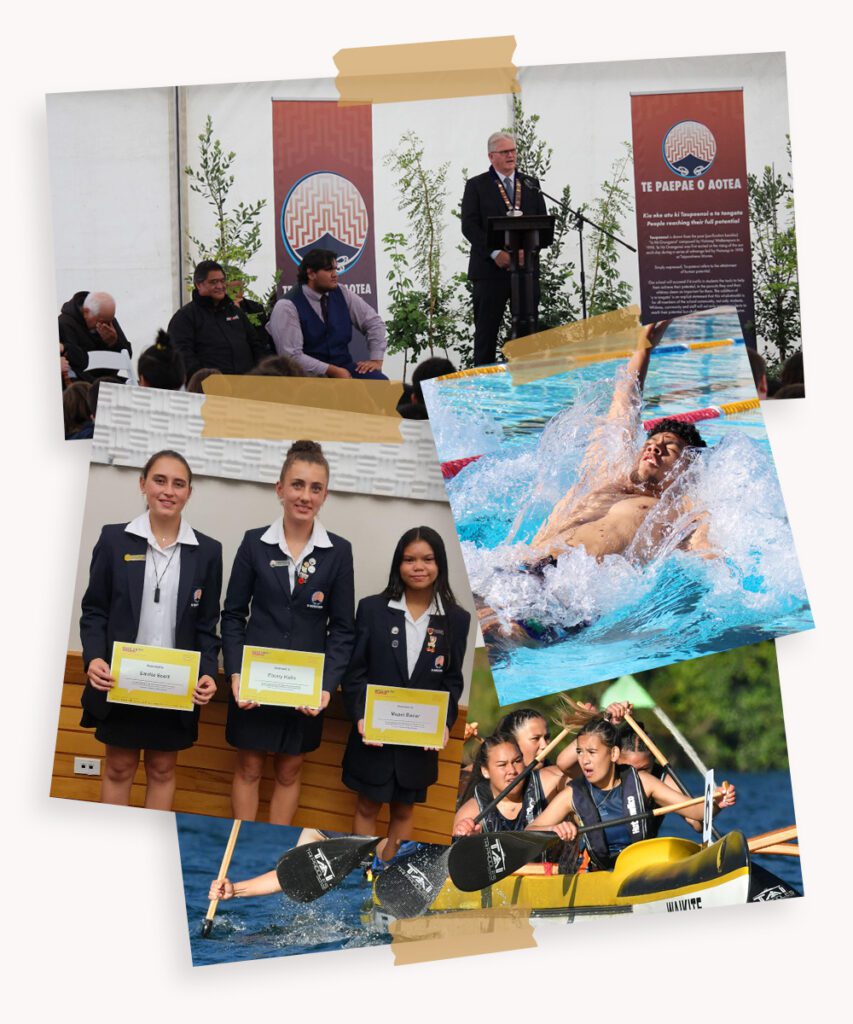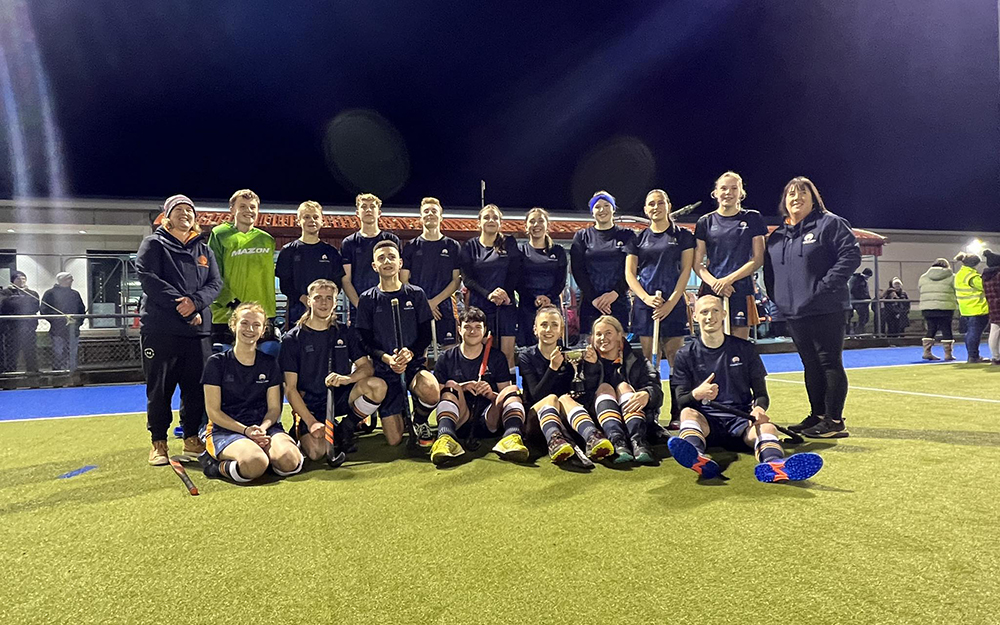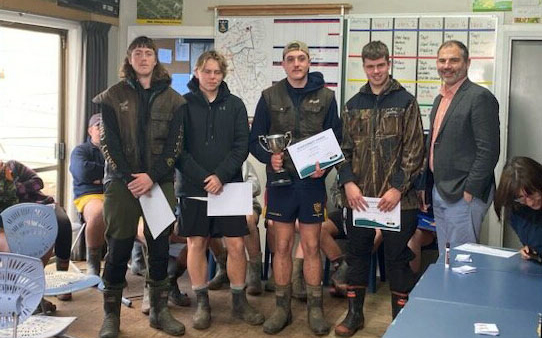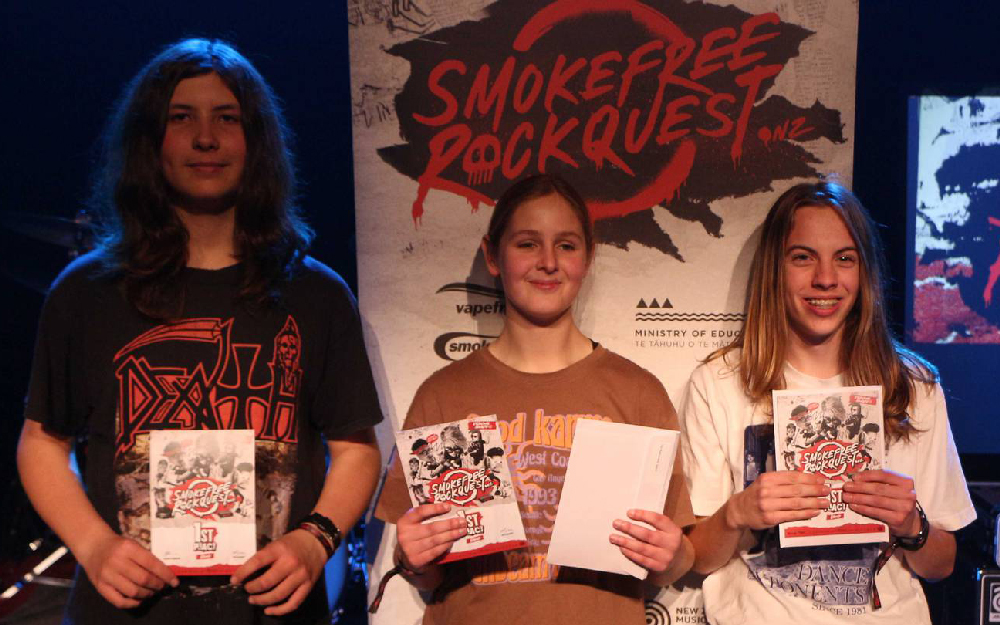Rachel Williams, Tumuaki
Tēna Koutou e te whanau
Te Paepae o Aotea opened in February 2023 with approximately 1000 students. We are a co-educational state school catering for students in Year 7-15. Te Paepae o Aotea was formed in response to the closure of Hāwera High School and Hāwera Intermediate at the end of the 2022 school year.
Our school name, Te Paepae o Aotea, was gifted to us by Te Rūnanga o Ngāti Ruanui and Te Korowai o Ngāruahine. Alongside our name, we were also gifted a whakatauākī and logo. There are two major components to our name, Paepae and Aotea and the condensed meaning is “We are on the learning journey of Aotea, as the people of South Taranaki, realising our full potential.”
Our whakatauāki, ‘Kia eke atu ki Taupaenui o te tangata,’ challenges us to instil in our students the tools to help them achieve their full potential, in the pursuits they and their whānau deem important. Our cultural narrative is the foundation that we use to unpack elements of Mātauranga Māori. Te Ao Māori is prioritised across the curriculum.
A school wide culturally responsive pedagogy builds a family-like context, in which restorative practice promotes a healthy community and maintains authentic relationships.
Ngā mihi


